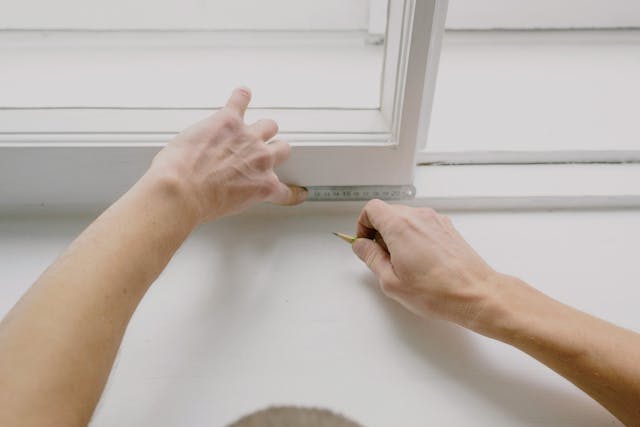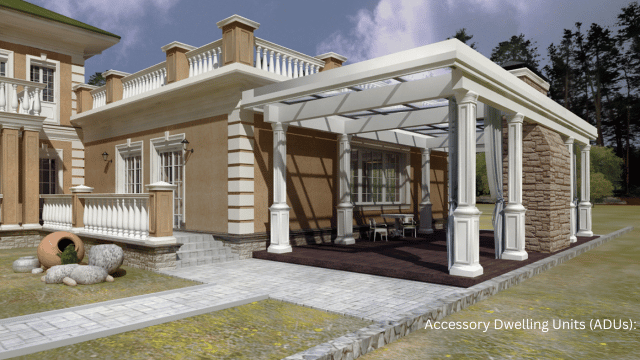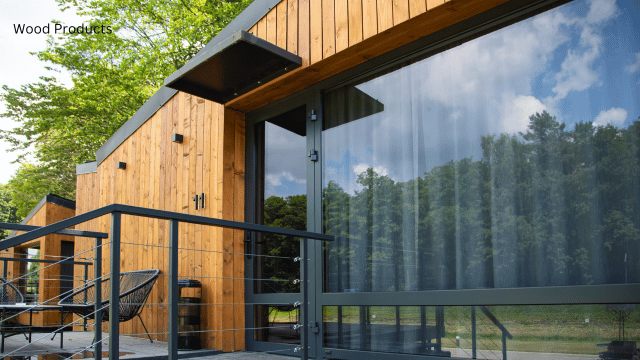Are you tired of high energy bills and fluctuating temperatures in your home? It might be time to consider upgrading your heating system to an outdoor wood boiler. Imagine cozy winter nights by the fire, with sustainable heating that’s both cost-effective and environmentally friendly. In this blog post, we’ll explore the benefits, installation process, maintenance tips, and more for outdoor wood boilers. Say goodbye to traditional heating methods and hello to a warmer, greener future!
Benefits of Outdoor Wood Boilers
When it comes to heating your home, outdoor wood boilers offer a range of benefits that make them a popular choice among homeowners. One key advantage is their cost-effectiveness, as using wood for fuel can be more economical compared to other heating methods.
Another benefit of outdoor wood boilers is their efficiency in providing consistent heat throughout the colder months. These boilers are designed to burn wood efficiently and distribute heat evenly, ensuring a warm and comfortable environment inside your home.
Moreover, outdoor wood boilers are environmentally friendly options for heating. Wood is a renewable energy source, making it a sustainable choice for those looking to reduce their carbon footprint. Additionally, burning wood produces lower emissions compared to fossil fuels like oil or gas.
In addition to being cost-effective and efficient, outdoor wood boilers also provide the added convenience of reducing dependency on traditional utility companies for heating needs. With proper maintenance and care, these systems can offer reliable warmth for years to come.
Factors to Consider before Installation
When considering installing an outdoor wood boiler, there are several factors to keep in mind to ensure the process goes smoothly. First and foremost, assess your property layout to determine the best location for the boiler. It should be placed a safe distance from your home and any flammable materials.
Next, consider the size of the boiler based on your heating needs. A larger unit may be necessary for bigger homes or colder climates. Additionally, check local regulations and obtain any necessary permits before installation begins.
Think about how you will store and season firewood efficiently to ensure a constant fuel supply for your boiler. Proper insulation of pipes and connections is crucial to prevent heat loss during operation.
Budget accordingly for not just the cost of the boiler itself but also installation fees and ongoing maintenance expenses. Research reputable brands and installers to make informed decisions throughout the process.
Steps for Installing an Outdoor Wood Boiler
When it comes to installing an outdoor wood boiler, there are several key steps to follow for a successful setup.
First, you’ll need to choose the right location for your boiler. Make sure it’s placed on a level surface away from any flammable materials and with proper ventilation.
Next, prepare the area by creating a solid foundation for the boiler to sit on. This could be concrete pads or gravel depending on your specific needs.
Once the foundation is ready, connect the piping system according to the manufacturer’s instructions. This will ensure proper circulation of water throughout your heating system.
After that, install the necessary controls and safety features to regulate temperature and prevent overheating or other potential hazards.
Test your new outdoor wood boiler thoroughly before regular use to make sure everything is working correctly. If in doubt, consult a professional installer for guidance.
Maintenance and Safety Tips
Ensuring the proper maintenance and following safety guidelines are crucial for the efficient operation of your outdoor wood boiler. Regularly inspecting the unit for any signs of wear and tear can help prevent potential issues down the line. Cleaning out ash buildup and checking for leaks should be part of your routine maintenance.
It’s important to always use dry, seasoned wood to maximize efficiency and reduce creosote buildup in the chimney. Additionally, keeping a safe distance between the boiler and any flammable materials is essential to prevent accidents.
Regularly check that all components are functioning correctly, including fans, pumps, and controls. If you notice any unusual noises or smells coming from the boiler, it’s best to address them promptly.
To ensure optimal safety, install carbon monoxide detectors near your home to alert you of any potential leaks. Following these maintenance tips will not only extend the lifespan of your outdoor wood boiler but also keep your home safe and warm during colder months.
Cost Comparison with Traditional Heating Methods
When considering upgrading your home heating system, it’s essential to compare the costs of different methods. Outdoor wood boilers are gaining popularity for their efficiency and cost-effectiveness compared to traditional heating systems like electric or oil furnaces.
The initial investment in an outdoor wood boiler may be higher than conventional options; however, the long-term savings on fuel make them a more economical choice. By using wood as a renewable energy source, homeowners can significantly reduce their monthly heating bills.
In contrast, electric and oil-based heating systems rely on costly fossil fuels that are subject to market fluctuations. This can lead to unpredictable expenses over time, making outdoor wood boilers a more stable and budget-friendly option in the long run.
When weighing the cost comparison between traditional methods and outdoor wood boilers, it’s important to consider not just the upfront price but also the ongoing operational savings that come with utilizing sustainable wood heat for your home.
Environmental Impact of Outdoor Wood Boilers
When it comes to the environmental impact of outdoor wood boilers, there are both pros and cons to consider. On the positive side, burning wood is a renewable energy source that can help reduce our reliance on fossil fuels. Wood is also considered carbon-neutral since trees absorb CO2 as they grow, offsetting the emissions released when burned.
However, outdoor wood boilers can contribute to air pollution if not operated properly. Smoke from inefficient combustion contains harmful pollutants like particulate matter and volatile organic compounds that can negatively affect air quality and human health. To minimize these impacts, it’s essential to use seasoned firewood, maintain proper airflow in the boiler, and adhere to local regulations for emissions.
Choosing an EPA-certified outdoor wood boiler with modern technology can significantly reduce emissions compared to older models. Additionally, incorporating sustainable forestry practices and investing in energy-efficient heating systems can further mitigate environmental concerns associated with using wood as a fuel source.
Conclusion: Is an Outdoor Wood Boiler Right for You?
After reviewing the benefits, factors to consider, installation process, maintenance tips, cost comparison, and environmental impact of outdoor wood boilers, it’s clear that this heating option has a lot to offer.
If you live in a rural area with access to affordable firewood or wood pellets and are looking for a more sustainable and cost-effective way to heat your home, an outdoor wood boiler could be the right choice for you. Be sure to assess your heating needs, local regulations regarding emissions from wood burning appliances, and the availability of fuel sources before making a decision.
Choosing an outdoor wood boiler is a personal decision based on your specific circumstances and priorities. With proper research and planning, you can enjoy the warmth of a cozy home while reducing your carbon footprint and energy costs at the same time.


